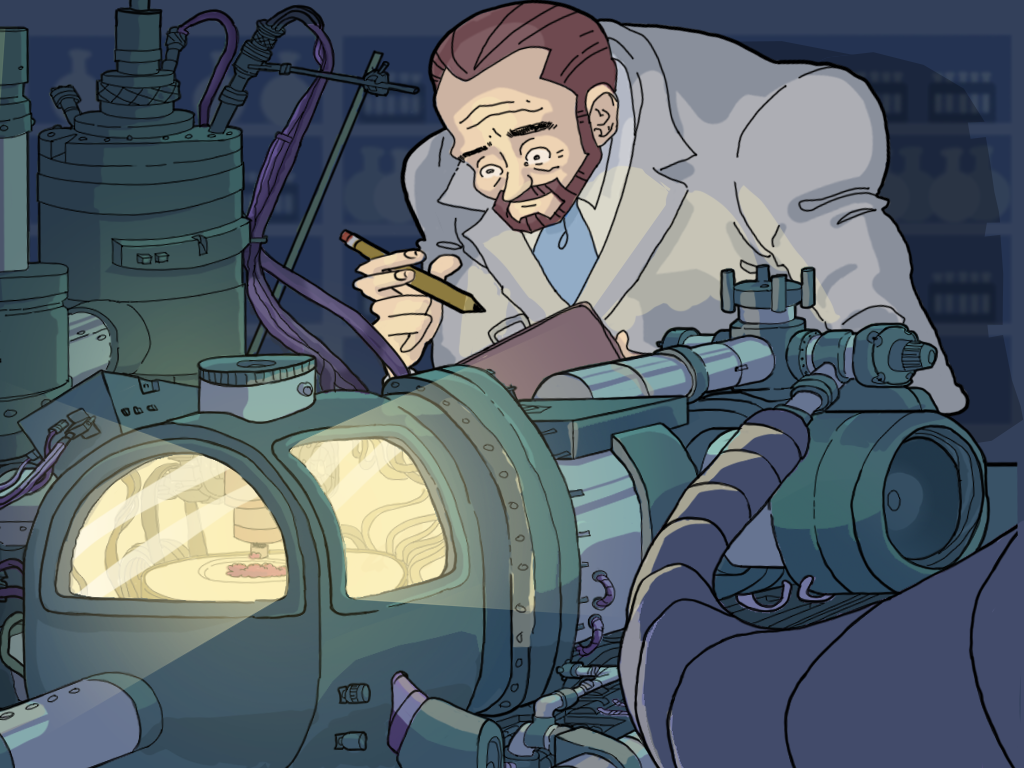Crushing it: Digital exhibit explores history of mechanochemistry

Science buffs across the world are in for a smashing good time interspersed with interactive history, how-tos and humor.
A new Google Arts & Culture-featured exhibit launched in May is exploring the cultural influence of mechanochemistry, the science of using mechanical force to initiate a chemical reaction. The digital exhibit, Mechanochemistry: The Science of Crush, is the first in a planned series and a joint effort between the Philadelphia-based Science History Institute (SHI) and the National Science Foundation-funded Center for the Mechanical Control of Chemistry (CMCC) at Texas A&M University.
The CMCC is a research community comprised of a multi-institution team of scientists whose mission is to creatively engage the public in science while integrating research and education both internally and through outreach initiatives. Texas A&M chemist James D. Batteas, principal investigator of the CMCC and holder of the D. Wayne Goodman Professorship in the Texas A&M Department of Chemistry, says the idea behind creating the exhibit was to present the history of mechanochemistry and the direction that it’s going to the general public.
“Mechanochemistry is basically where mechanics and chemistry meet; through the application of mechanical force, you can actually help derive a chemical reaction,” Batteas said. “We thought that bringing this to a worldwide audience via the internet would be one of the most direct ways in helping communicate the type of science we’re interested in, where it comes from and what we can do with it.”
Google Arts & Culture exhibits are an immersive way to experience art, science, history and culture from more than 2,000 partner museums and institutions. Utilizing high-resolution image technology, visitors can virtually tour collections and galleries from around the world for free. Viewers of the mechanochemistry exhibit will get an in-depth look at the many ways the technique has been utilized throughout history, from grinding grains in ancient times with mortars and pestles to major scientific advancements using modern technology.
The easy-to-use and universally accessible online platform already has helped the mechanochemistry exhibit attract visitors from more than 100 countries, notes Robert Carpick, John Henry Towne Professor in the Department of Mechanical Engineering and Applied Mechanics at the University of Pennsylvania.
“The exhibit is beautiful, compelling and fun,” said Carpick, a CMCC co-investigator who teamed with Batteas on the project’s overall planning and execution. “It exceeded my expectations in terms of not only the professional look and the rich information content, but also the degree to which it is engaging and interactive, with audio-visual components and examples from history and modern practice to show how this discipline has been around for a long time but still has many mysteries worth unlocking.”

